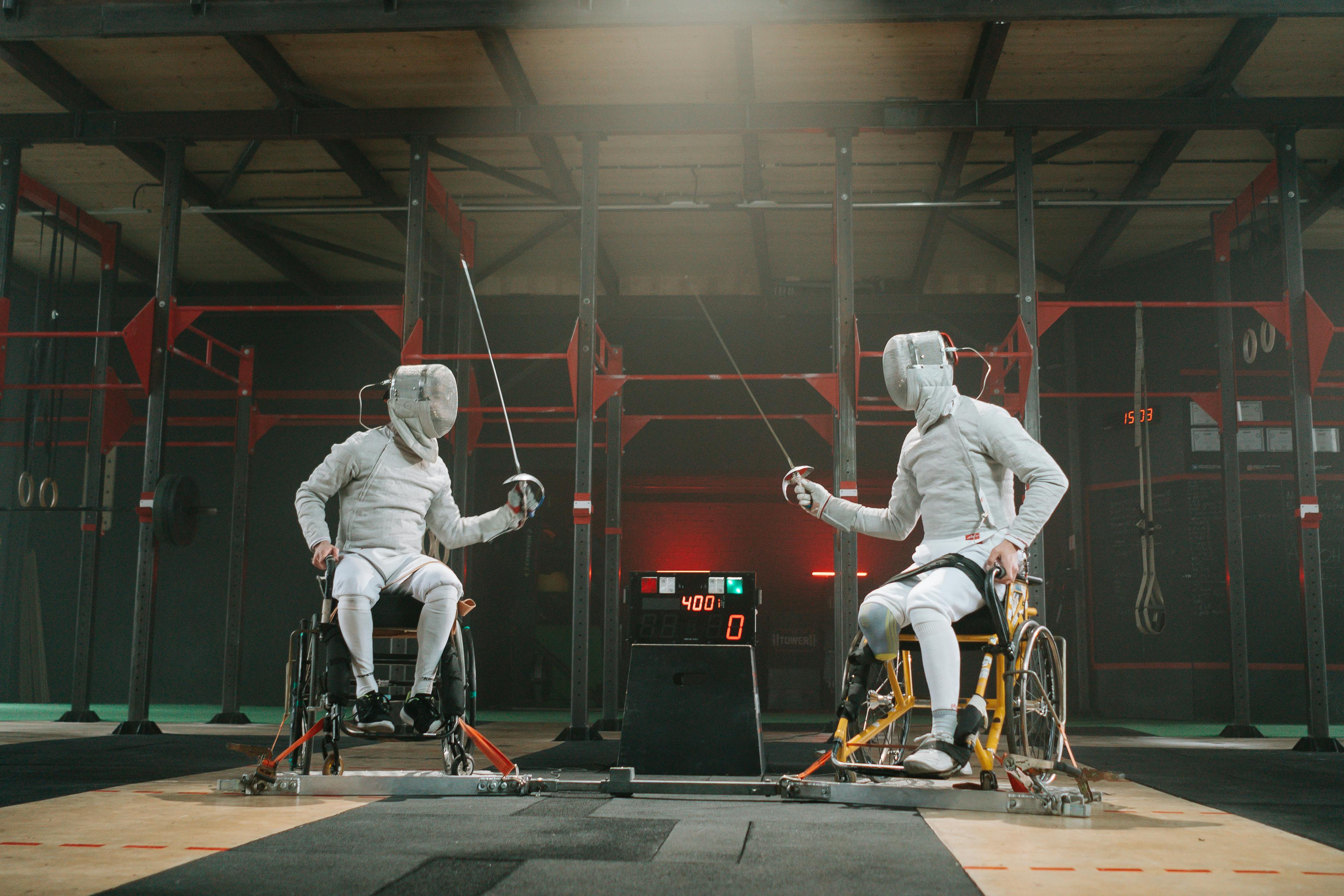Breaking Barriers: The Journey of Paralympic Sports
Introduction From their humble beginnings to becoming a global spectacle, Paralympic sports have surged in popularity and significance over the past few decades. This article delves into the complex journey of Paralympic sports, exploring their historical roots, current trends, and future direction.

The Genesis of Paralympics
The Paralympic sports movement traces its origins back to the post-World War II era. In 1944, Dr. Ludwig Guttmann, a German neurologist working in the UK, began using sports as a form of therapy for injured veterans. Guttmann’s pioneering efforts culminated in the first Stoke Mandeville Games, held in 1948, which later evolved into the Paralympic Games we know today.
The Growth and Evolution of Paralympic Sports
Since their inception, Paralympic sports have seen a tremendous rise in both scale and significance. The first official Paralympic Games, held in Rome in 1960, featured 400 athletes from 23 countries. Fast forward to the 2016 Rio Paralympics, over 4,300 athletes from 159 countries took part, signifying the growth and acceptance of these games.
Current Trends in Paralympic Sports
Today, Paralympic sports are recognized not just for their competitive spirit, but also as a platform to challenge societal perceptions about disability. Advanced prosthetics and adaptive equipment have transformed the landscape, enabling athletes to reach new heights of performance. Moreover, the media’s increased coverage and interest in Paralympic sports have helped bring these incredible athletes and their stories into the limelight.
The Impact of Paralympic Sports
Paralympic sports have a profound impact on both individuals and society. They provide a platform for athletes with disabilities to showcase their abilities, not limitations. For many, participation in Paralympic sports offers an avenue for personal growth, rehabilitation, and empowerment. More broadly, they challenge societal stereotypes about disability and inspire a more inclusive and accepting society.
The Future of Paralympic Sports
Looking ahead, Paralympic sports stand at an exciting juncture. With increasing global recognition and advancements in adaptive technology, the future looks bright. The challenge lies in ensuring equitable access to sports for all, fostering a culture of inclusivity, and continuing to break down barriers hindering participation.
The journey of Paralympic sports is a testament to the indomitable human spirit. It reminds us that sports, in their most beautiful form, are a celebration of human potential, resilience, and unity. It’s a narrative of triumph over adversity, a narrative that continues to inspire and evolve.




